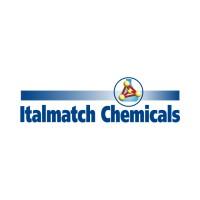Flowsheets optimization for selective recovery of cobalt, nickel, manganese, and lithium from black mass using ionquest sx phosphinic, phosphonic, and phosphoric acids
The growing global demand for valuable metals from the recycling of secondary sources, such as lithium-ion batteries, underscores the urgent need for innovative extraction methods. This study addresses this gap by optimizing different solvent extraction flowsheets using phosphinic acid, phosphonic acid, and phosphoric acid — specifically IONQUEST® 290, IONQUEST® 220, and IONQUEST® 801 — as extracting agents (SX) for the selective recovery of key metal ions: manganese (Mn), cobalt (Co), nickel (Ni), and lithium (Li). The unique chemical properties, solubility, and interaction mechanisms of these acids with metal ions are analyzed to enhance extraction efficiency as well as the different difficulties encounter while working with complex metal composition in the PLS solutions. For these reasons, different starting solutions were utilized in this study, all based on sulfuric acid pregnant leach solution (PLS) derived from black mass residues, taking into account the battery composition variability.
A series of laboratory batch experiments were conducted to identify optimal operational parameters, including extractant concentration, pH, temperature, and contact time. Average metal concentrations are as follow: 5-10 g/L Co, 3-7 g/L Mn, 10-30 g/L Ni, and 2-6 g/L Li, along with impurities predominantly consisting of aluminum (Al), copper (Cu), and iron (Fe). The proposed flowsheets aim to first remove metal impurities using phosphoric acid – SX, followed by the selective separation of Co and Ni utilizing phosphinic acid – SX. Based on the metal impurities composition, further steps will be shown using selective phosphorus-based resin that can remove Cu and Al. Additionally, phosphonic acid – SX is employed to improve the separation between Ni and Li in the final stages of the extraction circuit.
The optimized flowsheets will be presented (including extraction, stripping and if required scrubbing stages for each circuit) and finally validated through lab scale counter-current experiments, demonstrating the practical applicability of the proposed method.

